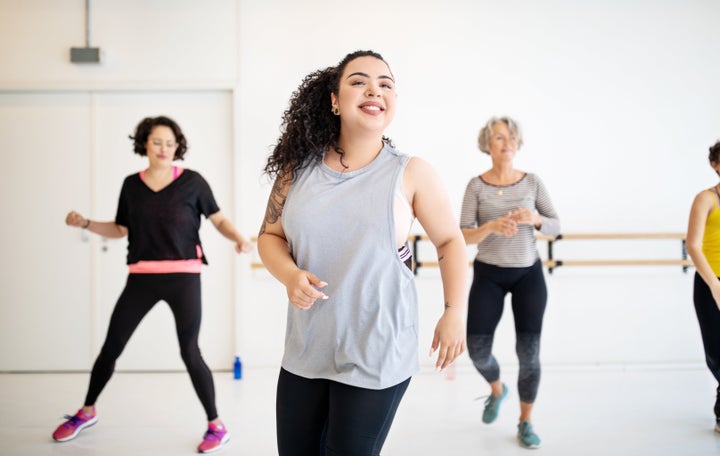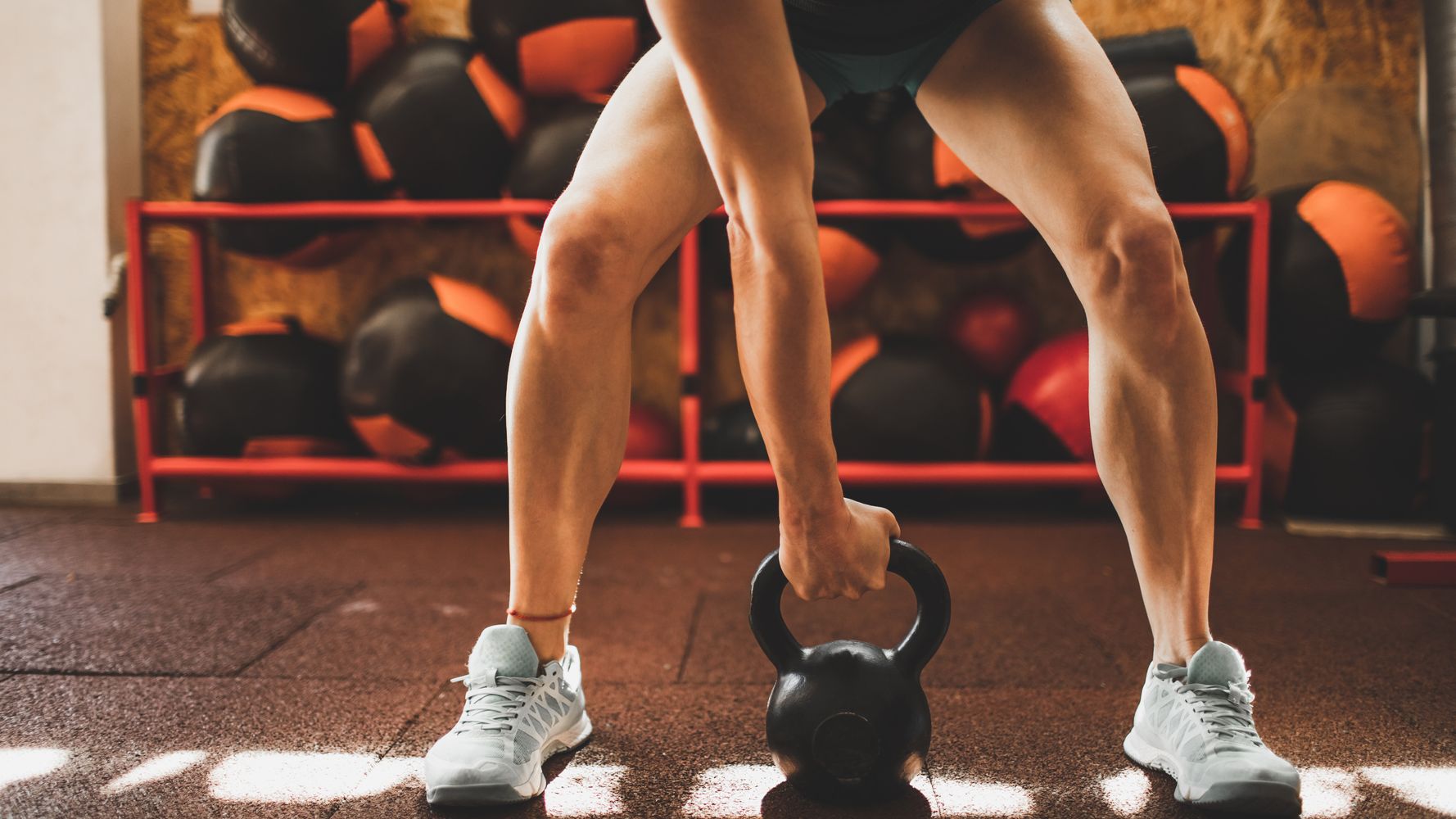[ad_1]
Welcome to Beneficial Or B.S.?, where we investigate the health and fitness trends that are all over social media to determine whether they’re actually worth trying.
Between the world’s history of corsets and girdles, wanting a slim waist is certainly nothing new.
What is new, though, is using waist trainers in a workout to achieve it ― a phenomenon largely made famous by trending social media posts and fitness influencers. The claim from people who use waist trainers? It helps you lose weight around your midsection. But is that true?
Below, experts share their thoughts on waist trainers and give you the lowdown on whether it really slims your waist.
First, what is a waist trainer and why do people wear it?
Waist trainers are a form-fitting structure that wraps around the waist to compress the area — kind of like an old-school girdle or a corset, according to Dr. Jason Womack, chief of the department of sports medicine at Rutgers University’s Robert Wood Johnson Medical School in New Jersey.
Some waist trainers are all elastic, while others have hooks, zippers or velcro but all have the same goal of cinching the waist to create a specific, hourglass form of the body.
“It seems to have a more aesthetic purpose as opposed to a true medical purpose,” Womack said. He added that beyond creating a specific form, the goal of the waist trainer also involves training the core and losing weight.
Do waist trainers slim your waist or build your core?
People certainly look different when they’re wearing a waist trainer in the short run, said Dr. David Creel, a registered dietitian in the Bariatric & Metabolic Institute at Cleveland Clinic. But, this change is very temporary, Creel stressed.
“There’s no evidence that these [result in] permanent changes in your shape,” he said. Fat cells may move around temporarily but they’ll go back in place after the waist trainer comes off.
And when it comes to weight loss, Creel stated that there is no mechanism to support that waist trainers help you lose weight just by wearing them.
To put it frankly, “in my professional opinion, waist trainers are a gimmick,” said Dr. Alex McDonald, a family physician who specializes in sports medicine at Kaiser Permanente in California.

Anon Krudsumlit / EyeEm via Getty Images
Are there any practical uses for it?
No, probably not, but, if someone you know is instructed to wear something that looks like a waist trainer, there is a reason.
“There are some situations where people wear abdominal binders, which look similar to waist trainers,” Womack said, but the two couldn’t be more different. Abdominal binders are intended for people who had recent stomach surgery or a C-section.
Studies show that when people wear abdominal binders, it helps them regain some of their muscle strength sooner. But, this goes for people who had a significant injury or surgery to their abdominals, not the everyday person who is just trying to increase their strength, he noted.
What are the dangers of wearing a waist trainer?
Beyond being uncomfortable, McDonald said, waist trainers “may also impair diaphragm motion and reduce athletic performance.”
In other words, they make it harder to breathe, and catching your breath is pretty crucial when doing a tough workout.

Luis Alvarez via Getty Images
Even more, it could put stress on other parts of your body and work your core less.
Some people claim that waist trainers help with core strengthening or losing weight when you work out, Womack stated. But, he added, that is probably not the case.
The waist trainer could actually “modify the way that your core muscles are activating during activity,” he said. “You’re not actually activating those muscles in the most effective way.”
Similarly, he said, heavy weightlifters may wear waist belts, which help spread pressure across a wider area so they experience less strain. If anything, waist trainers could create stress on different areas of the body and put unexpected pressure on a different muscle group.
Because of this comparison, Womack noted that he is “not sure why waist trainers would be considered something [that] makes a workout better or more effective.”
And it doesn’t promote a healthy way to get fit.
Beyond this, Creel said that the biggest concern he has is that waist trainers “take the focus off of what is important and effective” when it comes to physical health. He explained that waist trainers make people chase a certain look instead of focusing on their well-being.
And since waist trainers aren’t an effective tool for weight loss or muscle building, Creel emphasized that people should turn to the fitness and healthy-eating methods that are proven with decades of research.
“Studies say we can’t spot reduce our weight — so I can’t do crunches and then get rid of fat around my waist,” he said.
He added that “when we lose weight, we have the same shape but it’s smaller, so if you’re apple-shaped you’re a smaller apple.” A waist trainer isn’t going to change your genetic build.
Focusing more on the health benefits of working out, and not just the appearance, is crucial, Creel noted. If people solely focus on appearance, they’ll be chasing the ever-changing “in” body trends and may never be satisfied
“When we focus on health and a healthy body,” he said, “there’s more acceptance with how that body looks versus just chasing a certain look, which, sometimes genetically, we’re not predisposed to look that way.”
[ad_2]
Source


